In this article, we will explore the must-have equipment for an effective photography workflow.
The Camera
Undoubtedly, the camera itself is the most critical piece of equipment for any photographer. Investing in a high-quality DSLR or mirrorless camera will provide you with the necessary tools to capture breathtaking images. Consider the following points when choosing a camera:
- Megapixels: Higher megapixels mean more detailed images, helping you capture intricate textures and produce large prints.
- Sensor Size: A larger sensor enhances low-light performance and depth of field control, resulting in superior image quality.
- Image Stabilization: Built-in image stabilization minimizes camera shake and allows you to shoot in challenging conditions without a tripod.
Remember, the choice of camera largely depends on your photography style and budget, so do thorough research before making a purchase.
Selection of Lenses
A comprehensive lens collection is a necessity for photographers who wish to capture various subjects and achieve different creative effects. Here are a few lenses that should be part of your arsenal:
- Wide-Angle Lens: Perfect for landscapes and architecture, a wide-angle lens provides a wider field of view, capturing more in a single frame.
- Standard Zoom Lens: Versatile and suitable for everyday shooting, a standard zoom lens covers a wide focal range, making it ideal for travel and street photography.
- Telephoto Lens: Ideal for wildlife and sports photography, a telephoto lens allows you to capture distant subjects with stunning clarity.
- Macro Lens: Designed for close-up photography, a macro lens captures intricate details, making it ideal for capturing stunning shots of flowers, insects, and small objects.
A well-rounded selection of lenses will give you the flexibility to capture images in any situation and unleash your creative vision.
Tripod and Filters
A tripod is an essential tool for both still photography and videography. It provides stability and allows you to take long exposure shots and capture tack-sharp images. Consider the following when choosing a tripod:
- Sturdy Build: Look for a tripod made of high-quality materials that can support the weight of your camera and lens.
- Height and Portability: Ensure the tripod can reach your desired height and is easy to carry during outdoor shoots.
- Adjustability: A tripod with adjustable legs and a fluid head will enable you to capture shots from various angles.
Alongside a tripod, using filters can enhance your photography further. A circular polarizer filter reduces glare and enhances colors, while a neutral density filter reduces the amount of light entering your lens, allowing for longer exposures and creating stunning motion blur effects.
Storage and Backup Solutions
As a photographer, having a reliable storage and backup system is crucial to protect your valuable images. Consider employing the following methods:
- External Hard Drives: Invest in high-capacity external drives to store and archive your images securely.
- Cloud Storage: Utilize cloud storage services to create a backup of your images, providing an additional layer of protection.
- Memory Cards: Choose high-speed, reliable memory cards with ample storage capacity to ensure smooth shooting and quick data transfer.
By implementing a robust storage and backup strategy, you can have peace of mind, knowing your photographs are safe from accidental loss or corruption.
Conclusion
In conclusion, building a well-equipped photography workflow involves investing in the right tools. A high-quality camera, a range of lenses, a stable tripod, and a reliable storage and backup system are essential for successful photography. By carefully choosing your equipment and combining it with your artistic vision, you can capture breathtaking images and elevate your photography to new heights.
Key Takeaways:
- Invest in a high-quality camera with sufficient megapixels and a larger sensor for superior image quality.
- Build a comprehensive lens collection, including wide-angle, standard zoom, telephoto, and macro lenses, to cover different photography genres.
- Choose a sturdy tripod and consider using filters to achieve stability, long exposure shots, and creative effects.
- Implement a reliable storage and backup system using external hard drives, cloud storage, and high-speed memory cards.
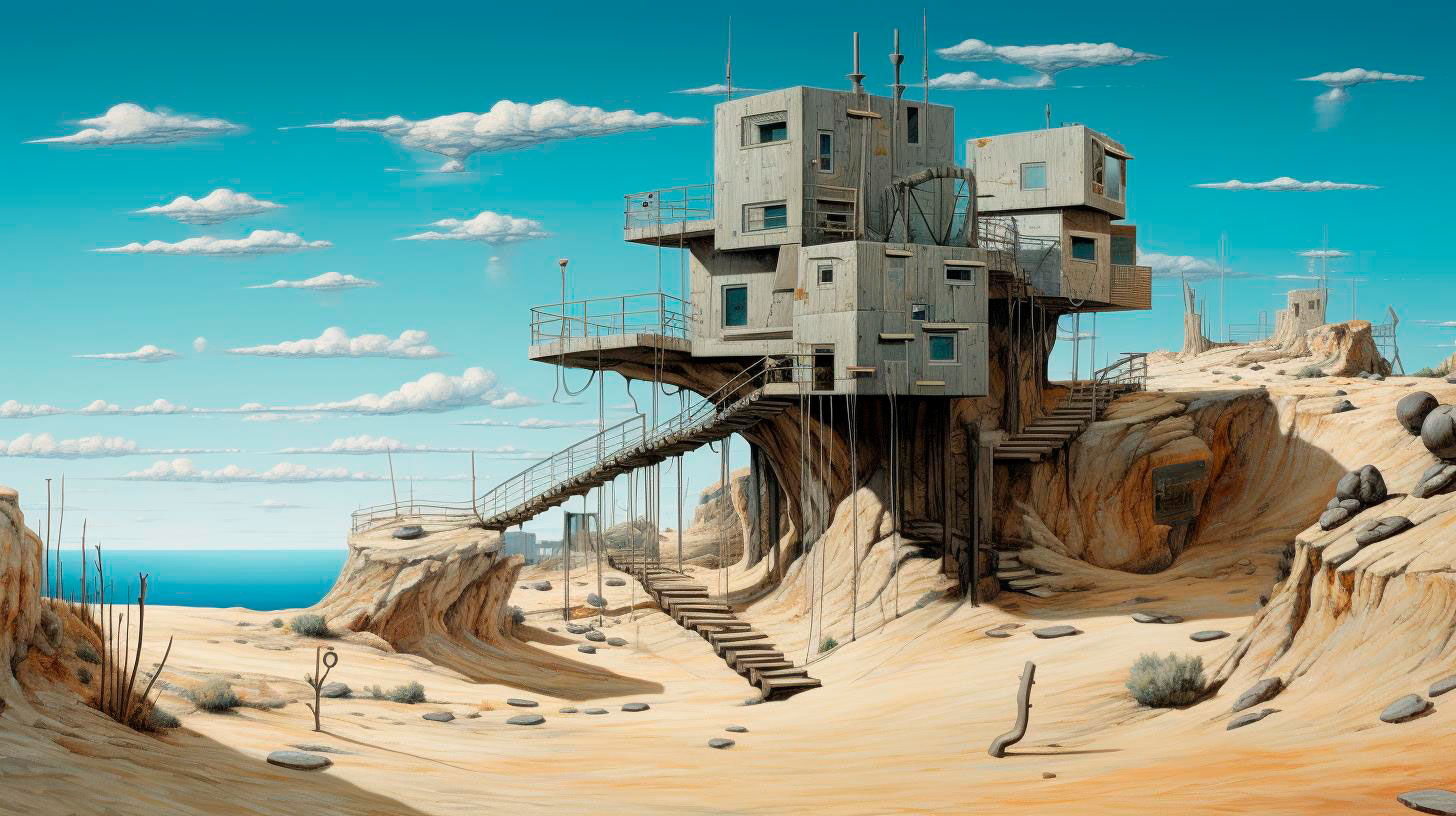


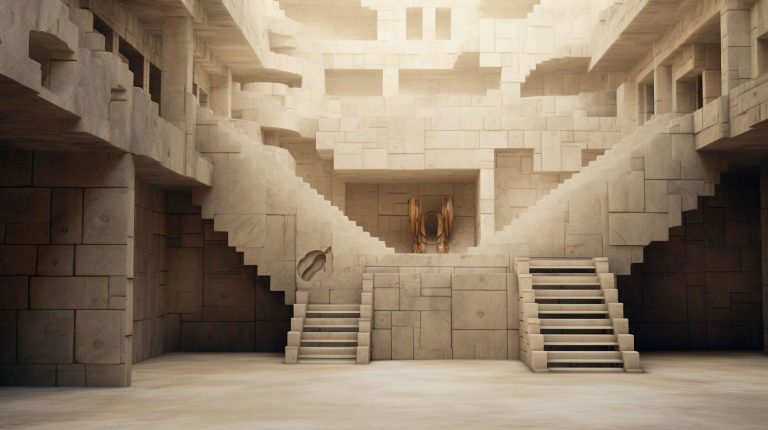

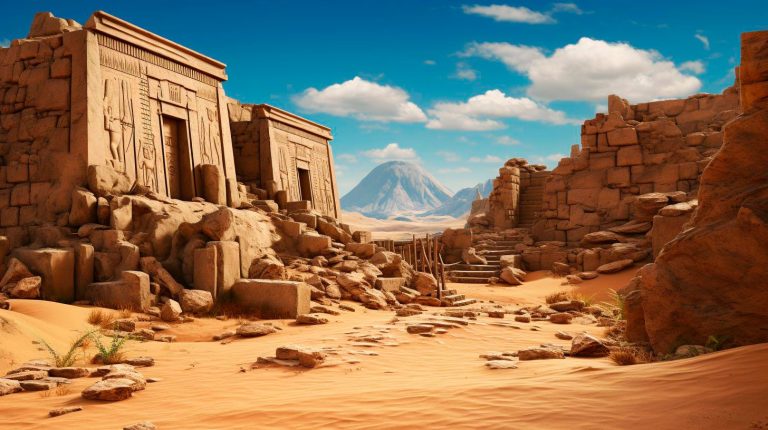
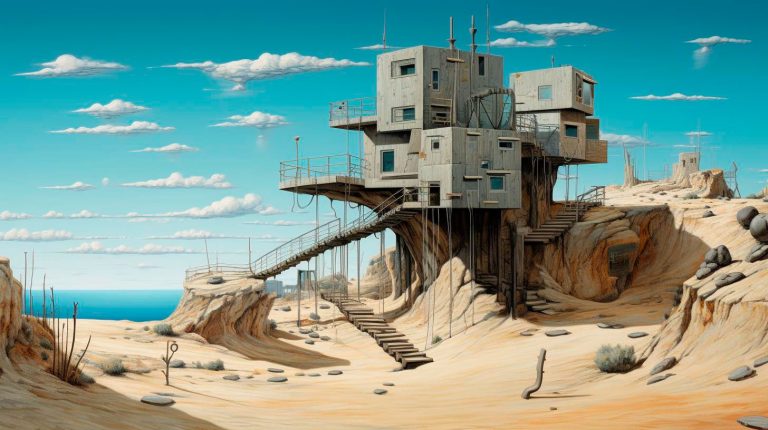
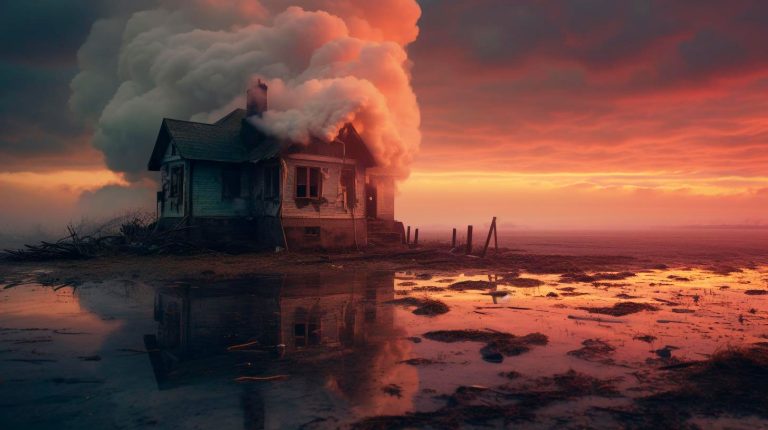


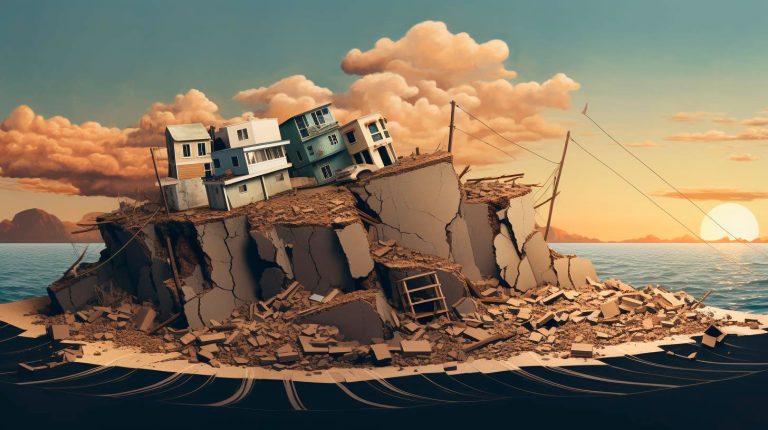







+ There are no comments
Add yours